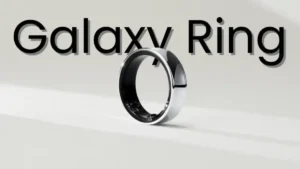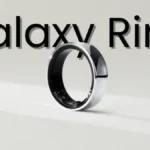Google will soon start deleting inactive Gmail accounts
Google has announced that it will start deleting inactive Gmail accounts next week. This means that if you haven’t used your Gmail account in two years, Google may delete all of its contents, including your emails, photos, and files.
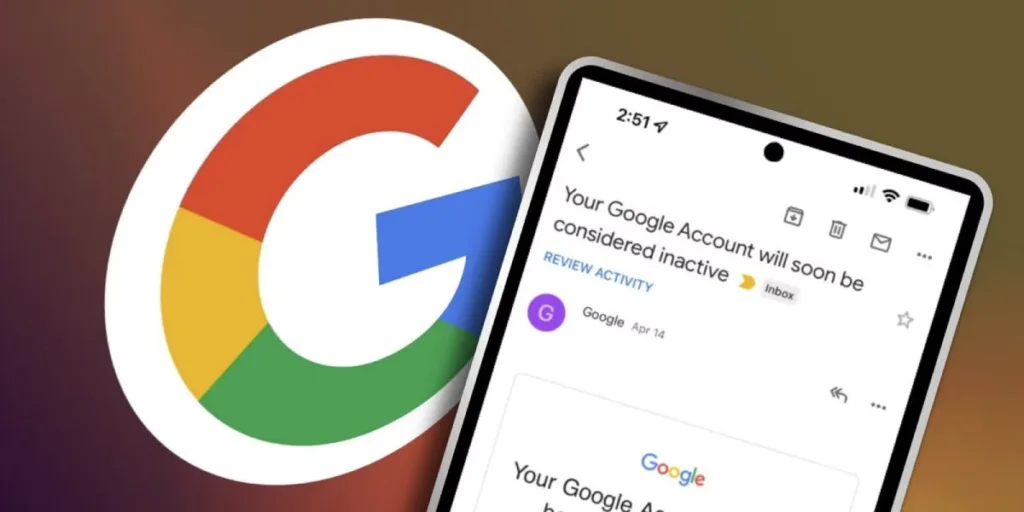
Google’s Policy Shift: Inactivating Dormant Accounts
In a significant policy change, Google has announced the decision to remove inactive Gmail accounts starting next week. This move is aimed at enhancing the security of its platform and ensuring that user data remains protected. Accounts that haven’t been accessed or used for two years will be deemed inactive and subsequently deleted.
Why is Google doing this?
Google is deleting inactive accounts for a few reasons. First, it wants to free up storage space. Second, it wants to reduce the risk of spam and abuse. Third, it wants to make sure that its users are actively using their accounts.
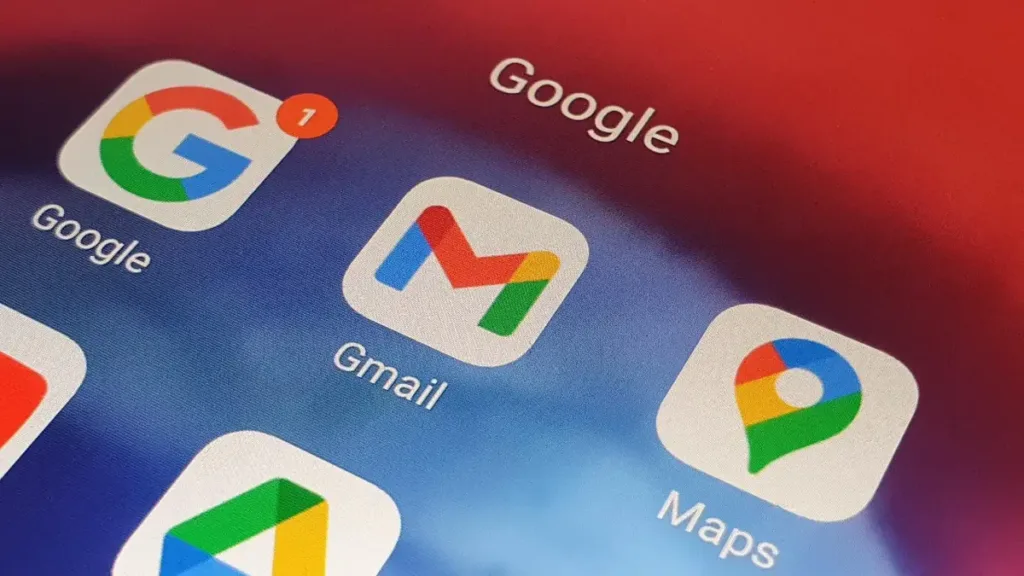
Understanding Google’s Rationale
Google’s decision to purge inactive accounts stems from several factors. First, dormant accounts are more susceptible to security breaches. Unused accounts often lack strong passwords and two-factor authentication, making them easy targets for hackers. Secondly, inactive accounts occupy valuable storage space on Google’s servers. By removing these accounts, Google can optimize its infrastructure and allocate resources more efficiently.
Keeping Your Gmail Account Active
To protect your Gmail account from deletion, it’s essential to maintain regular activity. Simply logging in to your account occasionally is sufficient to keep it active. Additionally, you can utilize Gmail’s various features, such as sending and receiving emails, storing files in Google Drive, or using Google Photos.
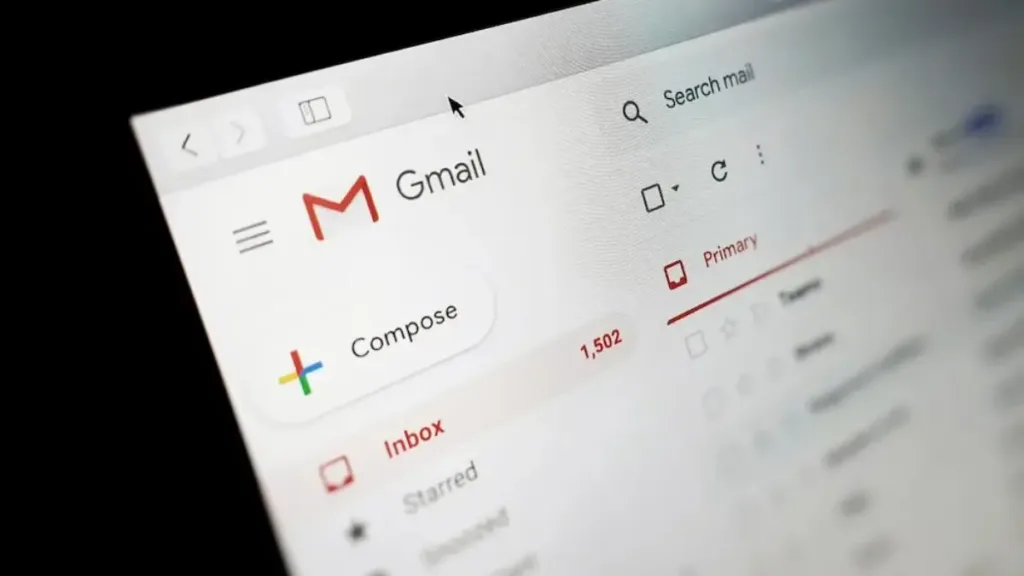
How to keep your Gmail account safe
There are a few things you can do to keep your Gmail account safe and prevent it from being deleted.
- Log in to your Gmail account at least twice a year. This will show Google that your account is still active and that you don’t want it to be deleted.
- Set up two-factor authentication (2FA). This adds an additional layer of security to your account, making it more difficult for hackers to gain access.
- Use a strong password. Your password must be at least eight characters long and contain a combination of uppercase and lowercase letters, numbers, and symbols.
- Don’t share your password with anyone. This is one of the most important ways to protect your account from being hacked.
Steps to Verify Account Status
If you’re concerned about the status of your Gmail account, you can easily check its activity level. Simply visit the “Inactive Account Manager” page on Google’s website. This tool will provide you with information about your account’s last sign-in date and any recent activity.
Preserving Valued Data
Before your Gmail account reaches the two-year inactivity threshold, you have the option to download your data and save it locally. Google provides tools to export your Gmail messages, contacts, calendar events, and other data.

What if my Gmail account is deleted?
If your Gmail account is deleted, you will have a few options. You can try to recover your account by following the instructions on Google’s website. If you can’t recover your account, you can create a new one. However, you will lose all of your emails, photos, and files.
Additional tips
- Review your Gmail account settings regularly. Make sure that you are happy with the settings and that they are up to date.
- Be careful about the information you share online. Don’t give out personal information to strangers, such as your address or phone number.
- Be wary of the links you click on. Links in emails can be used to spread malware or take you to phishing websites.
Conclusion
Google’s decision to delete inactive Gmail accounts is a proactive step towards safeguarding user data and enhancing platform security. By maintaining regular activity in your Gmail account, you can ensure that your account remains active and your valuable data is protected.



